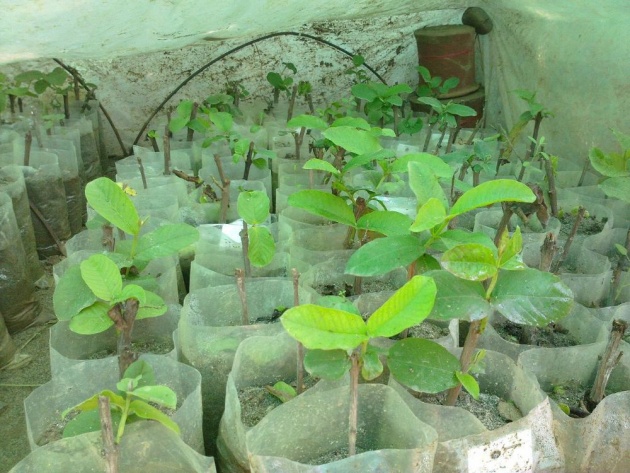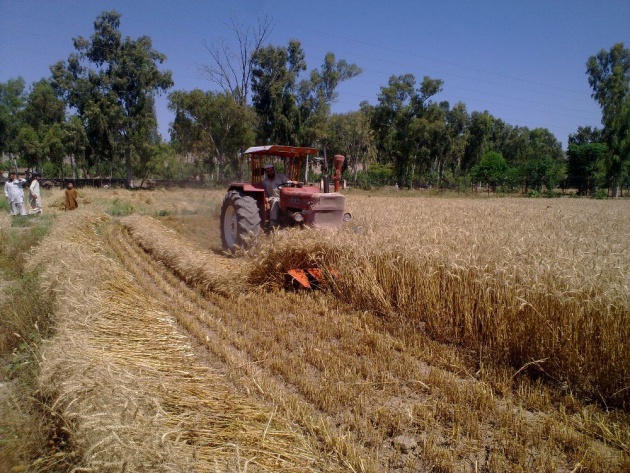During preparation of this report primary and secondary data and facts and figures are collected from the BARANI AGRICULTURAL RESEARCH STATION Kohat. Various sectional interviews, observation and literature review had been conducted and maintained in BARANI AGRICULTURAL RESEARCH STATION Kohat. Useful information had been obtained though these interviews observation and literature review. This information will be latterly discussed in different sections of this report.
Primary data:
Primary data is collected through discussion with management of ARS, kohat and through personal observations.
Secondary data:
Publications, journals, internet, etc
1.3: Scheme of report:
Report contains various analysis and fact and figures about the Research activities and its effects of the economic conditions of KPK and Pakistan.
Report is divided in to four major sections.
v Industry Analysis
v Organization Analysis
v Conclusion
v SWOT Analysis
Report & Analysis
1: Industry Analysis:
Industry which is to be analyzing in this report is agriculture research in KPK.
1.1: Introduction:
In KPK, systematic agricultural research was started in 1908 at Tarnab, Peshawar by the then Govt. which was further strengthened and expanded to the entire Province over the years by formation and establishment of new research stations and institutes.
Agriculture is now a network of 13 institutions / research stations on the number of stations in the area under the control of the General Research Director (BPS-20):. Office of the Director of Outreach renewal, promotion and transfer of improved technology to end users research may be divided / factory into two categories, many instruction research, agricultural research institutes Tarnab, Dera Ismail Khan and agriculture research Mingora Research Station Baffa, Mansehra fall into this category: the category of institutes / stations and cereal crops research institute, Pirsabak, sugar crops Research Institute, Mardan.
In 1980, the government of Khyber Pakhtunkhwa, according to the contract, the U.S. aid program of agricultural coup and integration of the regional network (Tipan) introduced the Agricultural Research Department of the Ministry of Agriculture KPK Agricultural University Peshawar, later named KPK Agricultural Research System. This agreement is to improve the quality of education and research in agriculture, the agricultural community. This system works in KPK Agricultural University Peshawar Government and the Government of Khyber Pakhtunkhwa funding.
1.2: Key success factors of Agriculture Research:
v Control over unique resources.
v On time availability of technical staff.
v Availability of scientific resources.
v Good calibration with other national R&D institutes.
Control over unique resources:
The low level of private investment in agriculture research sector which results in control over unique resource (quality seeds). The research station produces this unique resource and utilizes it, for the benefit of overall farmers.
On time availability of technical staff:
Large number of technical and scientific staff is available at any time for controlling any undesired results of using any resource. Technical and scientific staff is available for assisting the farmers.
Good calibration with other national R&D institutes:
The research industry institute has good and sound collaboration. They collaborate in different ways to enhance the productivity in agriculture research. Various research stations consistently send and share their experimental observation and results to get quality and maximum output from their research. Thus the quality and desired product can be introduced in the industry to increase the economic growth in Pakistan.
1.3: Marker size:
Recent performance:
During 2011-12, the overall performance of agriculture sector exhibited a growth of 3.1 percent mainly due to positive growth in agriculture related subsectors, except minor crops. Major crops accounted for 31.9 percent of agricultural value added and experienced a growth of 3.2 percent in fiscal year 2011-12 with negative growth of 0.2 percent in 2011. The significant growth in major crops is contributed by rice, cotton and sugarcane by 27.7 percent, 18.6 percent and 4.9 percent, respectively.





